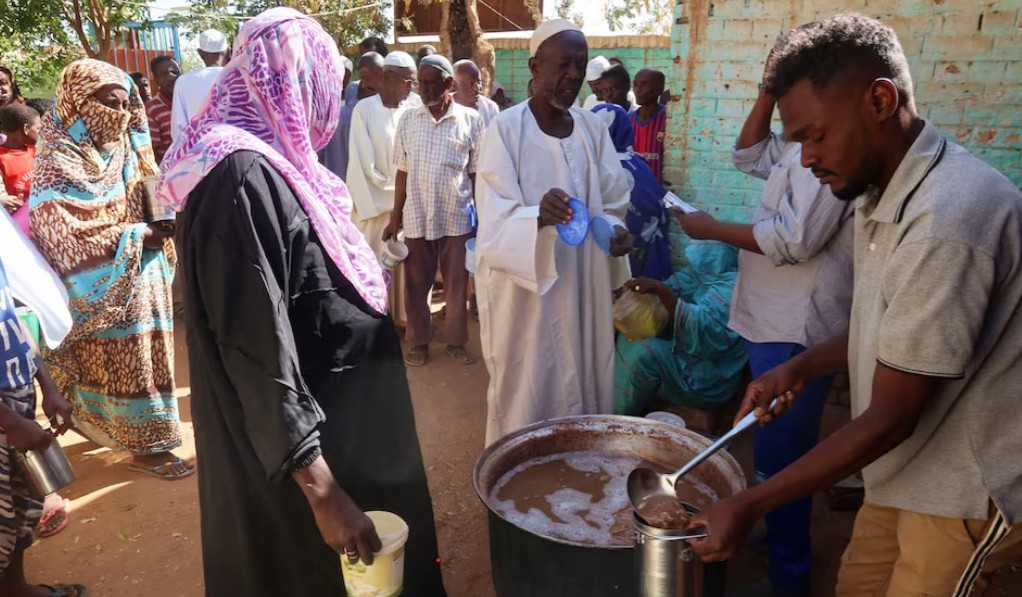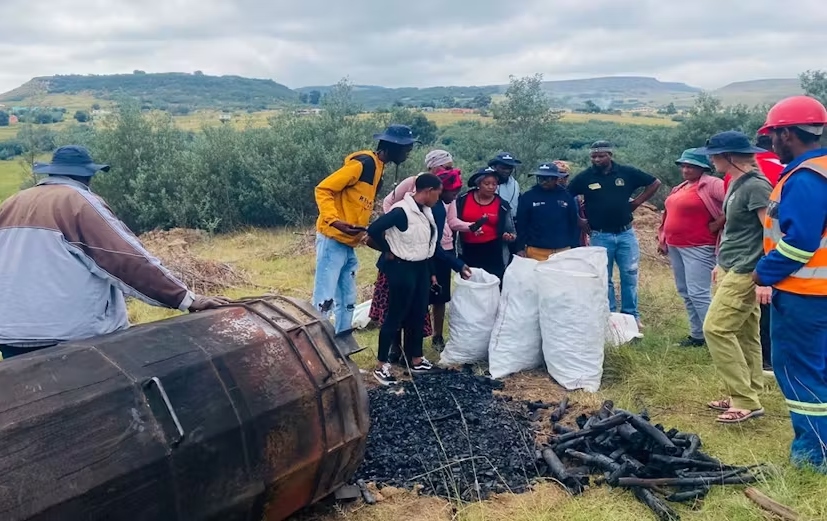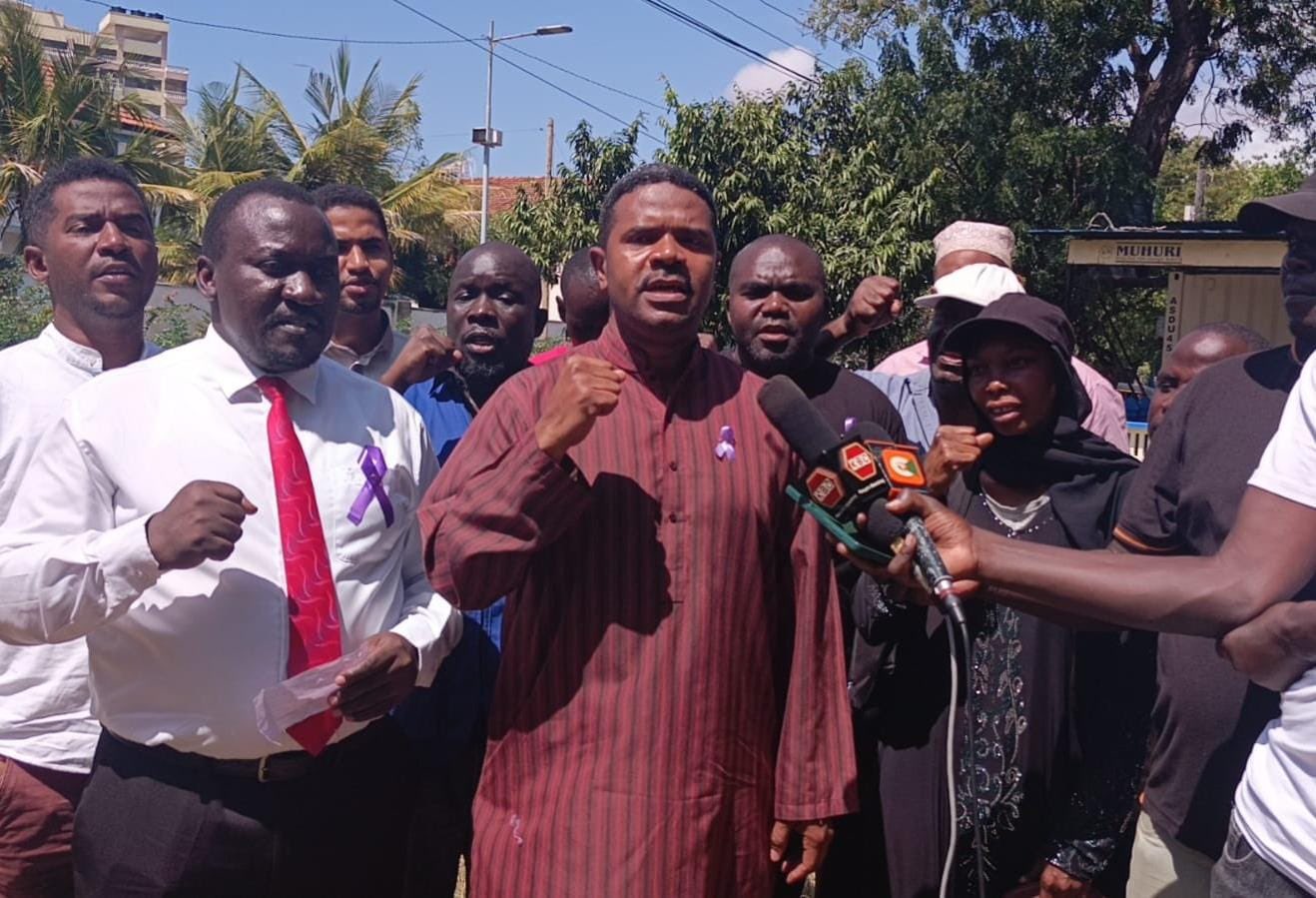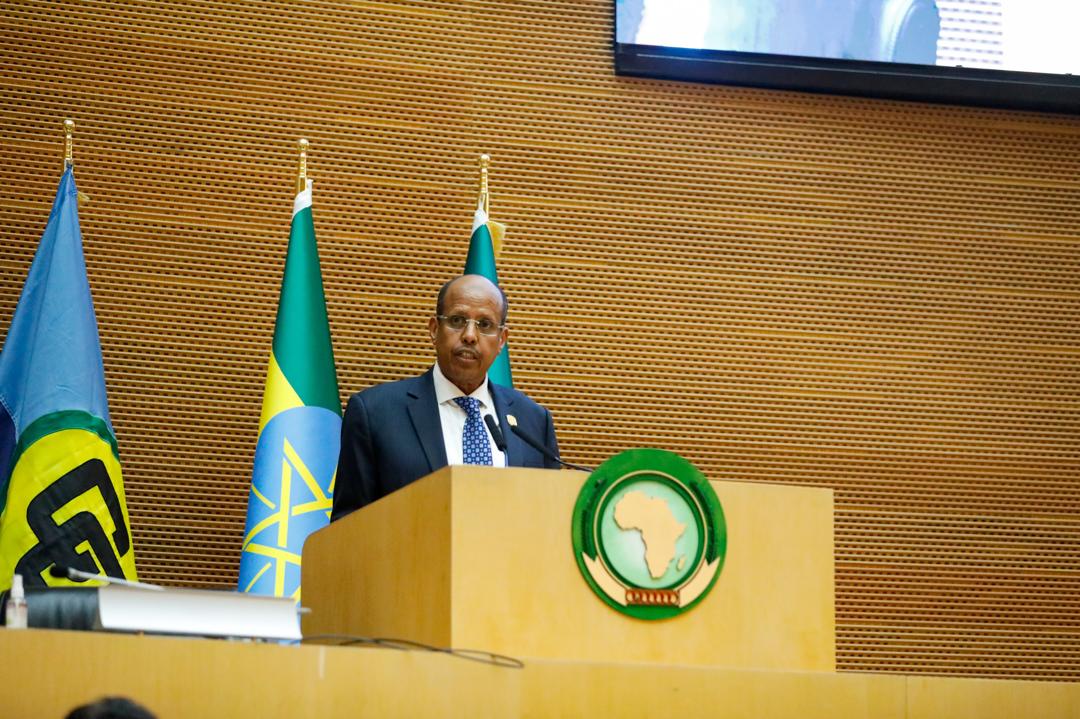UN warns of looming famine in East Africa as conflict, climate shocks deepen hunger crisis

Notably, Sudan and South Sudan have been marked among the five hotspots facing an immediate risk of famine in the coming four months.
The United Nations has issued a stark warning over worsening hunger in four East African nations—Somalia, Sudan, South Sudan, and the Democratic Republic of the Congo—where conflict, climate shocks, and economic strain are pushing millions toward famine.
This is part of a broader warning on deepening food crises in 13 hunger hotspots worldwide.
More To Read
- African Union welcomes resolution deepening UN–AU cooperation on peace, development
- Africa risks becoming global hunger epicentre by 2030 if reforms are not put in place, report warns
- Kenya, Uganda named key transit hubs in South Sudan smuggling networks – UN report
- Explainer: What is the UN General Assembly and details of what is discussed there
- IOM reopens Khartoum office after two years of conflict in Sudan
- Africa’s agri-food trade more than doubles, but hunger still soars - report
Notably, Sudan and South Sudan have been marked among the five hotspots facing an immediate risk of famine in the coming four months.
The joint report by the Food and Agriculture Organisation (FAO) and the World Food Programme (WFP) says the looming famine in the aforementioned states is catalysed by persisting conflict, economic shocks, and natural hazards.
It further notes that the crises are being exacerbated by growing access constraints and critical funding shortfalls.
“East Africa faces a confluence of conflict, climate shocks and severe economic pressures,” the report reads.
Catastrophic levels
In particular, South Sudan’s already catastrophic levels of food insecurity are expected to worsen among parts of the population in the coming months, driven by escalating conflict, rising political tensions and a strained peace agreement.
This situation is particularly severe in Upper Nile, Jonglei and Unity states, where extreme humanitarian access constraints persist.
Additionally, the continued influx of returnees and refugees fleeing the conflict in Sudan is likely to place further strain on overstretched host communities, according to the UN.
“This is occurring in a context where food prices were nearly five times higher year-on-year as of March 2025,” the report reads.
“The high risk of continued flooding, already a driver of displacement and livelihood losses in late 2024, raises further concerns for agricultural production and food security.”
People in emergency
Between April and July 2025, around 7.7 million people, 57 per cent of the population in South Sudan, are projected to face crisis or worse (IPC Phase 3 or above), including 2.5 million people in Emergency (IPC Phase 4).
Moreover, 63,000 people are projected to face catastrophe (IPC Phase 5), particularly in Jonglei and Upper Nile states and among returnees from Sudan.
In Sudan, famine conditions were projected through May 2025.
Famine-level acute food insecurity (IPC Phase 5) was already confirmed in at least five areas between October and November 2024, primarily in North Darfur, including Zamzam, Ar Salaam and Abu Shouk camps for internally displaced persons (IDPs), as well as in the Kordofan states.
Between December 2024 and May 2025, an additional five areas are projected to face famine, while 17 localities remain at risk of the same.
North Darfur and Kordofan
The analysis indicates that the critical situation is likely to persist and worsen during the outlook period, particularly in North Darfur and Kordofan.
This, as per the report, is expected to drive further displacement beyond the 8.1 million IDPs as of May 2025 (displaced since 2023), and the 3.9 million people who have fled to neighbouring countries.
Somalia and the Democratic Republic of the Congo (DRC) have also been highlighted as countries requiring close monitoring and urgent support.
In Somalia, ongoing conflict and drought continue to pressure already fragile livelihoods, while the DRC has returned to the list of hunger hotspots due to renewed violence and displacement, reversing earlier improvements.
Despite the grim forecast, there are pockets of relative improvement.
Hunger hotspots list
Several East and Southern African countries, including Ethiopia, Kenya, Malawi and Zimbabwe, have been removed from the hunger hotspots list following improved weather conditions and better harvest prospects.
However, the report cautions that these gains are fragile and could quickly be undone by renewed shocks.
With famine looming in multiple regions, the UN agencies are urging the international community to act now.
This is not only by delivering aid, but also to de-escalate conflict and restore access to essential services.
Reduction of humanitarian funding
As of early May 2025, the report outlines that global funding requirements in coordinated humanitarian response plans amounted to $12.2 billion (Sh1.6 trillion) for the food security sector and $2.6 billion (Sh336 billion) for the nutrition sector.
It, however, reckons that to date, only nine per cent of the required funding for food security and four per cent for nutrition had been received.
“The funding outlook for the food, nutrition and agriculture sectors is increasingly constrained,” the report reads.
It adds that 2025 began with significant cuts to official development assistance (ODA) from major donors, despite record numbers of people in need.
Data by the Organisation for Economic Co-operation and Development (OECD) shows ODA declined in 2024 for the first time after five consecutive years of growth.
“Following a seven per cent drop in 2024, a further 13 per cent decline is projected in 2025,” the report notes.
Preliminary findings from a GNAFC financing analysis indicate that humanitarian allocations to the food sector in food crisis contexts could fall by as much as 45 per cent if donor funding does not increase beyond current projections.
Top Stories Today















































